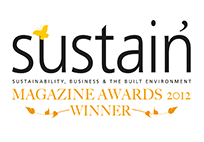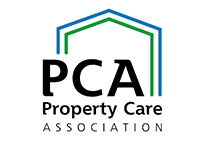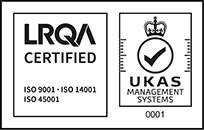Call us free on 0808 168 9540
Call us free on 0808 168 9540

The process of habitat creation, enhancement, repair, mitigation and management is an integral part of the ecological consultancy services we provide.
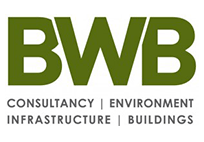




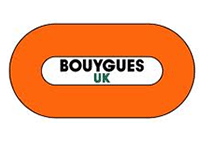

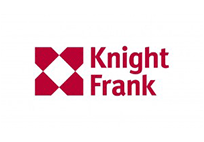
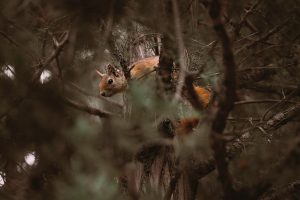
Habitat creation is the provision of new or extended ecosystems to enhance biodiversity and the associated benefits this brings.
Habitat creation and enhancement requires carefully assessing a range of local factors and the stakeholders’ needs to improve the site’s biodiversity. This includes assessing local conditions and wildlife to maintain diverse, healthy and sustainable populations of plants and animals.
Phlorum provides a full range of habitat creation and management plans across southern England, including Sussex, London, Surrey, Kent, Dorset, Hampshire, Wiltshire, Devon and Somerset.
Habitat creation needs to be feasible, effective, and appropriate. A large infrastructure project will need a different approach to a small residential development.
Urban sites are often constrained by restricted space and multiple stakeholders with high levels of interest and influence. This is often an overriding factor in designing habitat creation works for biodiversity. With careful planning, biodiversity can be maximised in even small areas that must maintain a particular aesthetic to keep clients happy.
The process of habitat creation and/or enhancement follows the steps below.
The process of habitat creation and/or enhancement follows the steps below.
To deliver ecological enhancements, it is essential to understand what species and features are already present in the immediate and surrounding area.
A Preliminary Ecological Appraisal involves an initial habitat survey that can provide this information. For some projects, a more basic scoping survey will be sufficient.
This must meet the development’s requirements while ensuring that the habitats and species to be retained, enhanced, or relocated are appropriately managed. Habitats and buildings should complement each other. Designing a feature that later proves incompatible with the site’s use or doe not properly benefit the intended species is of no use to anyone.
The retention and enhancement of existing habitats should always be the priority. However, in previously developed areas, there is often an opportunity to create new habitats. This would always be guided by the local species and habitats and the conditions on-site.
At its simplest, this could be a change in habitat management that enables more diverse native vegetation compared to an intensively cultivated area with few different species or habitats.
Along with the physical elements of habitat creation that provide nesting sites and shelter for various species, a great deal can be achieved relatively cheaply through planting.
Whilst native planting will undoubtedly provide the best opportunities for native invertebrates, it may not provide the visual interest that is wanted in urban areas. Luckily, many non-native plants, provided they are non-invasive, can be just as useful when undertaking habitat creation works by providing comparable sources of nectar and foliage for food and shelter.
Common habitats that can usually be created with relative ease as part of proposed development works include the following:
Ponds can be created by excavating voids or allowing land to flood by diverting a watercourse.
Grassland can be created by altering the mowing regime or replanting with meadow species.
Planting trees demonstrates a long-term commitment to enhancing biodiversity in any scheme. As the climax ecosystem in most UK locations, woodlands are some of the most diverse habitats and their creation should be encouraged in many locations.
These are relevant for almost all types of development and can include piles of logs, rocks, bricks and leaves that provide refuge and hibernation sites for reptiles and amphibians. They can also be useful for invertebrates, which in turn makes them a useful foraging area for other animals.
Even small changes in soil level and sparsely vegetated earth create new habitats for a range of invertebrates, including solitary bees.
These comprise different materials for insects to bury into or hide under and can also be incorporated into many landscaping areas with relative ease.
If a badger survey highlights that a badger sett might need to be moved from a development site, this can often be done under the strict requirements of an appropriate licence.
These provide additional nesting sites for birds and can be a useful way of adding biodiversity to urban areas.
Adding artificial roosting sites that can be attached inconspicuously to trees and buildings can provide roosting habitats for a range of bat species.
Pre-formed bricks containing a range of hole diameters provide suitable breeding sites for a range of bee species.
Earth banks can provide suitable breeding sites for a range of solitary bee species.
These can provide suitable features for mammals, birds and insects.


